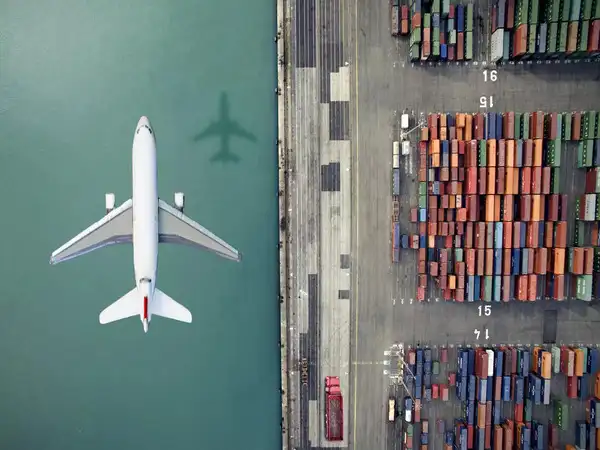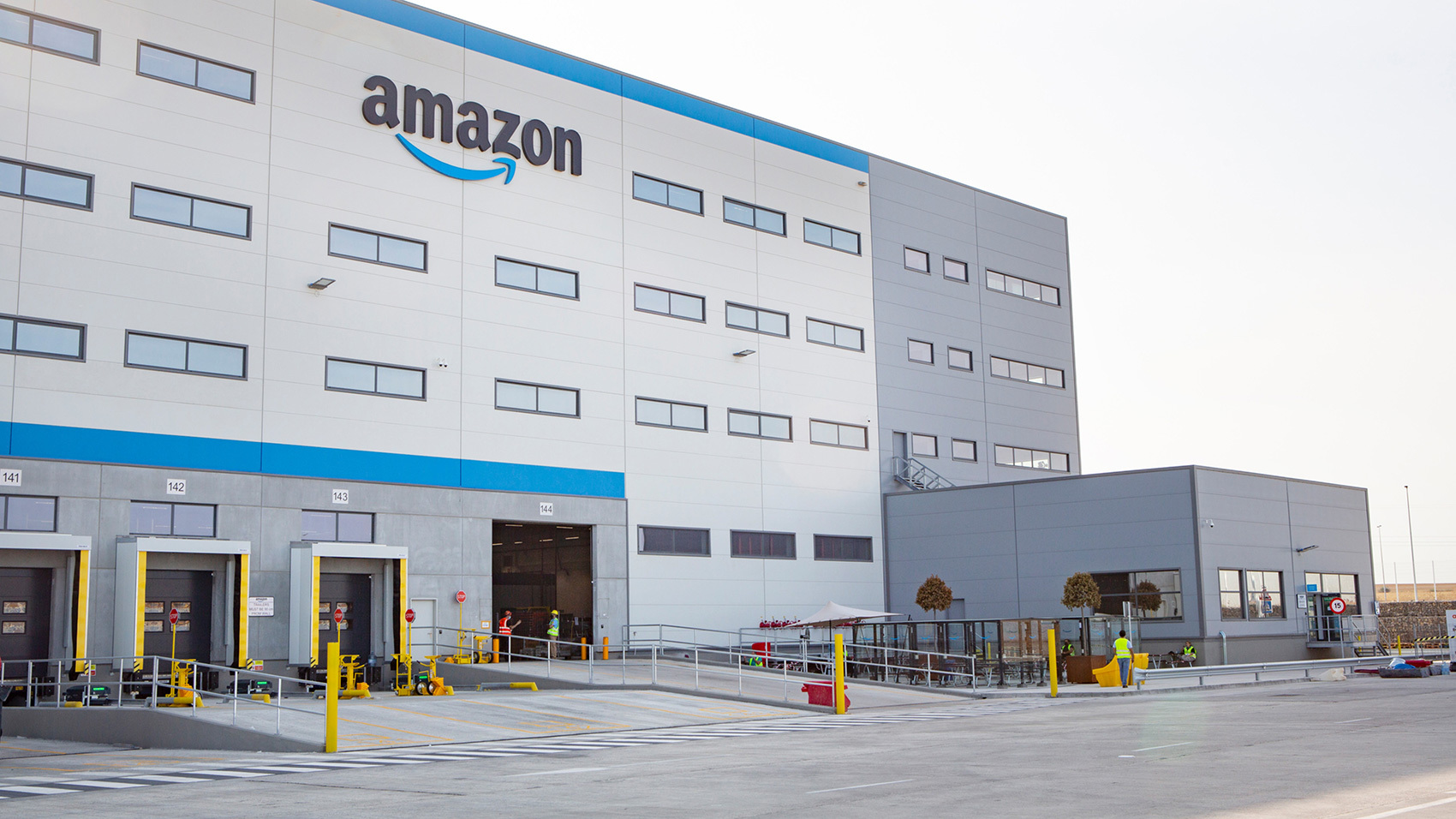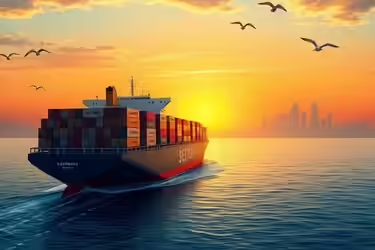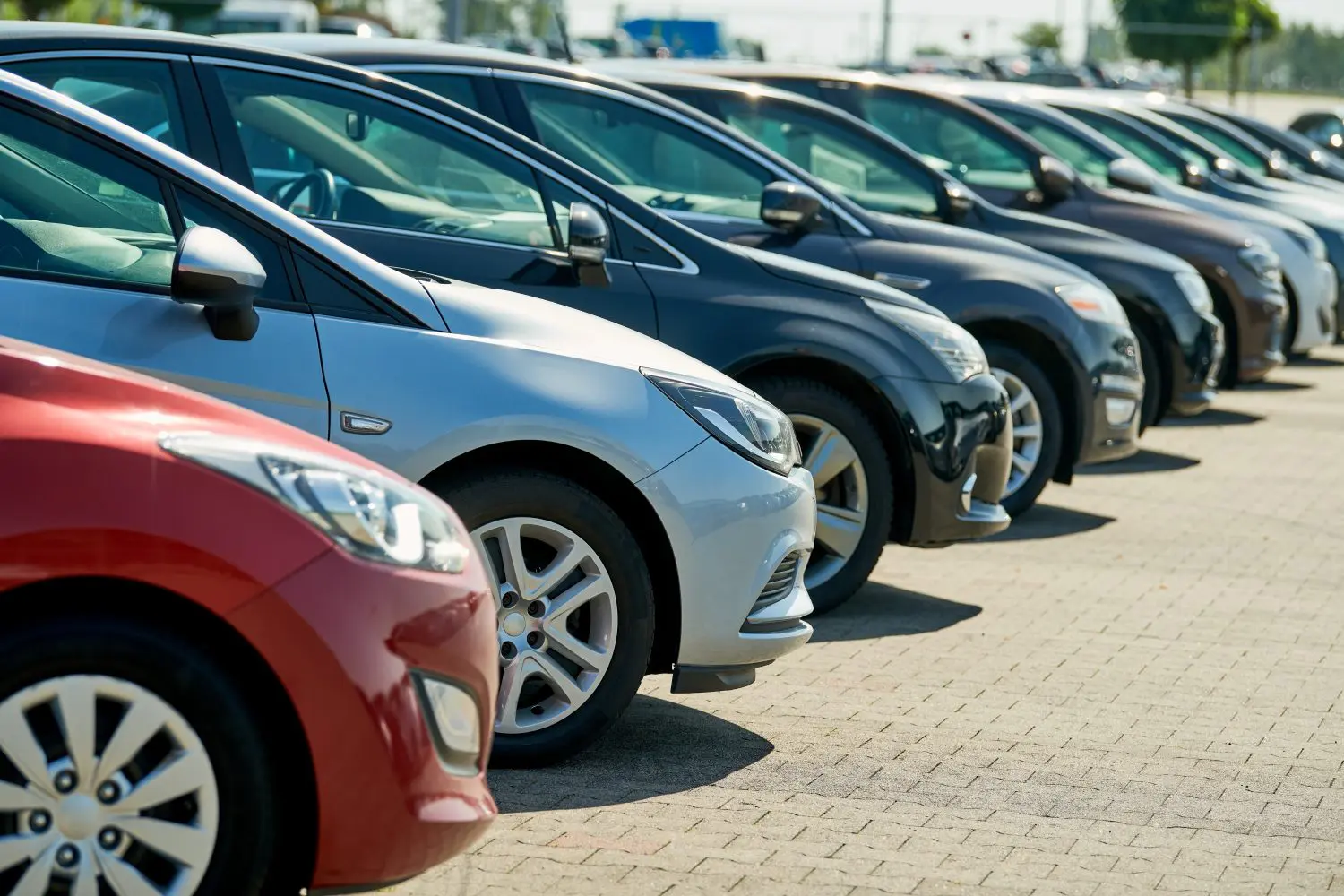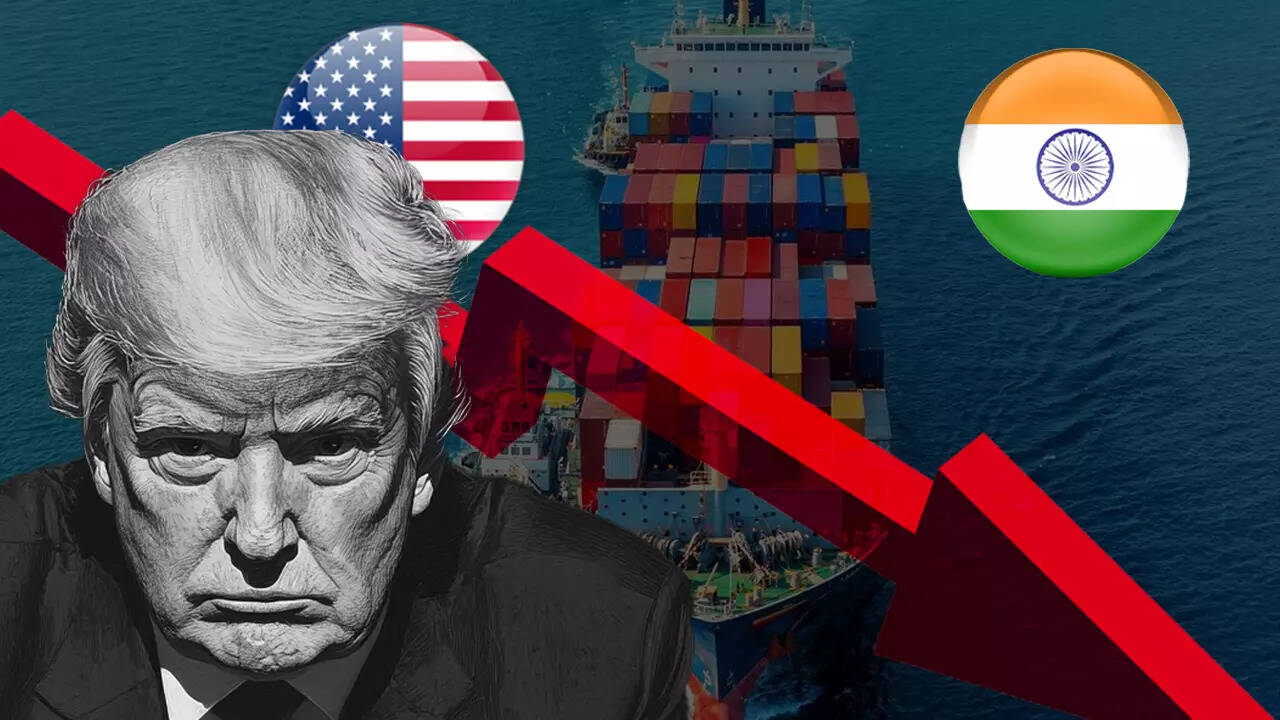adoption of
micro-fulfillment centers. Giants like
Zepto, Blinkit, Swiggy Instamart, and BigBasket Now are leveraging MFCs to serve customers faster than ever.
This article explores what MFCs are, their benefits, challenges, key technologies, and real-world case studies in India.
What Are Micro-Fulfillment Centers (MFCs)?
Micro-fulfillment centers are small, strategically located warehouses (typically 5,000 – 10,000 sq. ft.) designed to store high-demand products close to end customers. Unlike large distribution centers (DCs) located outside cities, MFCs are placed within urban areas, allowing faster order processing and same-day delivery.
These centers rely on automation, AI-driven inventory management, and robotics to process orders within minutes and enable quick deliveries.
Why Are Micro-Fulfillment Centers Gaining Popularity in India?
1. Surge in Quick Commerce (Q-Commerce)
- Consumers now expect 10–30 minute deliveries for groceries, medicine, and essentials.
- India’s quick commerce market is projected to reach $5.5 billion by 2025, growing at 10x the speed of traditional e-commerce.
2. E-Commerce Boom & Demand for Faster Deliveries
- With Amazon, Flipkart, and Meesho offering same-day or next-day deliveries, MFCs help reduce transit times.
- Urban consumers prefer convenience, making MFCs essential for online retail & grocery businesses.
3. Cost Savings & Space Optimization
- Traditional warehouses are expensive and located far from cities.
- MFCs reduce delivery costs by 50% and help optimize real estate usage in metros.
4. Growing Grocery & Food Delivery Market
- Online grocery demand is skyrocketing, with Swiggy Instamart, Blinkit, and BigBasket Now relying on MFCs for ultra-fast deliveries.
- Food and beverage companies use MFCs to improve freshness and reduce food waste.
5. AI & Automation Revolution in Supply Chain
- AI-powered order processing ensures 90% faster fulfillment compared to traditional warehouses.
- Robotic picking and smart inventory management help optimize stock levels.
How Do Micro-Fulfillment Centers Work?
MFCs follow a highly automated process to ensure rapid order fulfillment:
1️⃣ Order Received – Customer places an order via an app (e.g., Blinkit, Zepto, Amazon Fresh).
2️⃣ Automated Picking – AI-powered robots or warehouse staff pick the items within minutes.
3️⃣ Packaging & Dispatch – The system selects the nearest rider or delivery partner for pickup.
4️⃣ Last-Mile Delivery – The order reaches the customer within 10–30 minutes.
Benefits of Micro-Fulfillment Centers
✅ Faster Delivery Times – Reduces delivery windows from hours to minutes.
✅ Lower Logistics Costs – Cuts transportation and warehousing expenses.
✅ Optimized Urban Space – Uses compact locations instead of large distribution centers.
✅ Higher Order Accuracy – AI-driven automation minimizes picking errors.
✅ Reduced Carbon Footprint – Shorter delivery routes mean lower fuel emissions.
📌 Case Study: Zepto’s Micro-Fulfillment Model
- Problem: Customers in metros wanted instant grocery deliveries.
- Solution: Zepto built MFCs within a 2km radius of high-density areas, ensuring 10-minute deliveries.
- Result: Order fulfillment increased by 60%, reducing delivery times by 80%.
Challenges in Implementing Micro-Fulfillment Centers in India
🚧 1. High Initial Investment
- Setting up automated fulfillment centers requires robotics, AI, and real estate investment.
- Startups must balance cost and scalability.
🚧 2. Inventory Management Issues
- Stocking fast-moving goods is complex due to space constraints.
- AI-based demand forecasting is essential to avoid stockouts.
🚧 3. Last-Mile Delivery Bottlenecks
- Traffic congestion in cities like Mumbai, Delhi, and Bangalore affects delivery speeds.
- Need for EVs and bike couriers to improve sustainability.
🚧 4. Regulatory & Licensing Barriers
- Local zoning laws restrict warehouse operations in some urban areas.
- FSSAI compliance is necessary for grocery fulfillment centers.
📌 Case Study: Blinkit’s Last-Mile Optimization
- Problem: Traffic congestion was delaying deliveries in Bangalore & Mumbai.
- Solution: Blinkit deployed AI-based route optimization and e-bikes for shorter travel times.
- Result: Delivery times improved by 35%, and fuel costs reduced by 25%.
Key Technologies Powering Micro-Fulfillment Centers
🚀 1. Robotics & Automated Storage Retrieval Systems (AS/RS)
- Robots pick, pack, and move products 3x faster than human labor.
- Companies like Flipkart & Amazon use robotic picking systems to improve efficiency.
🚀 2. AI-Powered Demand Forecasting
- AI predicts seasonal demand spikes, helping MFCs stock high-demand products efficiently.
- Helps prevent overstocking or stockouts.
🚀 3. Internet of Things (IoT) & Smart Tracking
- IoT sensors monitor inventory, temperature, and stock movements in real-time.
- Reduces waste and theft in fulfillment centers.
🚀 4. Dark Store Concept for Faster Order Processing
- Dark stores (warehouse-style fulfillment hubs) are dedicated to online orders only.
- Used by Swiggy Instamart, Zepto, and Blinkit to reduce in-store shopping delays.
📌 Case Study: Amazon Fresh’s Dark Stores
- Problem: Traditional warehouses were too slow for grocery delivery.
- Solution: Amazon set up dark stores in key metro areas to fulfill orders in under 2 hours.
- Result: Order processing time dropped by 40%.
Future Trends in Micro-Fulfillment in India
🔹 Increased Adoption of AI & Robotics – Smart warehouses will be fully automated.
🔹 Sustainable Last-Mile Solutions – Growth of EV-based delivery fleets.
🔹 Hyperlocal Expansion – MFCs will penetrate Tier 2 & 3 cities.
🔹 Grocery & Pharma Growth – More retailers will adopt MFCs for food & medicine delivery.
🔹 Government Push for Logistics Efficiency – Initiatives like Gati Shakti & National Logistics Policy will support fulfillment networks.
Conclusion
Micro-fulfillment centers are revolutionizing India’s e-commerce and logistics sectors by making ultra-fast deliveries the new normal. Businesses that invest in AI, robotics, and strategic warehouse locations will lead the race in quick commerce and hyperlocal logistics.
✅ Faster order processing & last-mile delivery will boost customer satisfaction.
✅ AI-driven inventory optimization will help businesses manage stock efficiently.
✅ Sustainability initiatives & EV adoption will make logistics greener.
As India’s urban retail landscape evolves, micro-fulfillment centers will be the future of rapid delivery. 🚀
.png)
.png)


